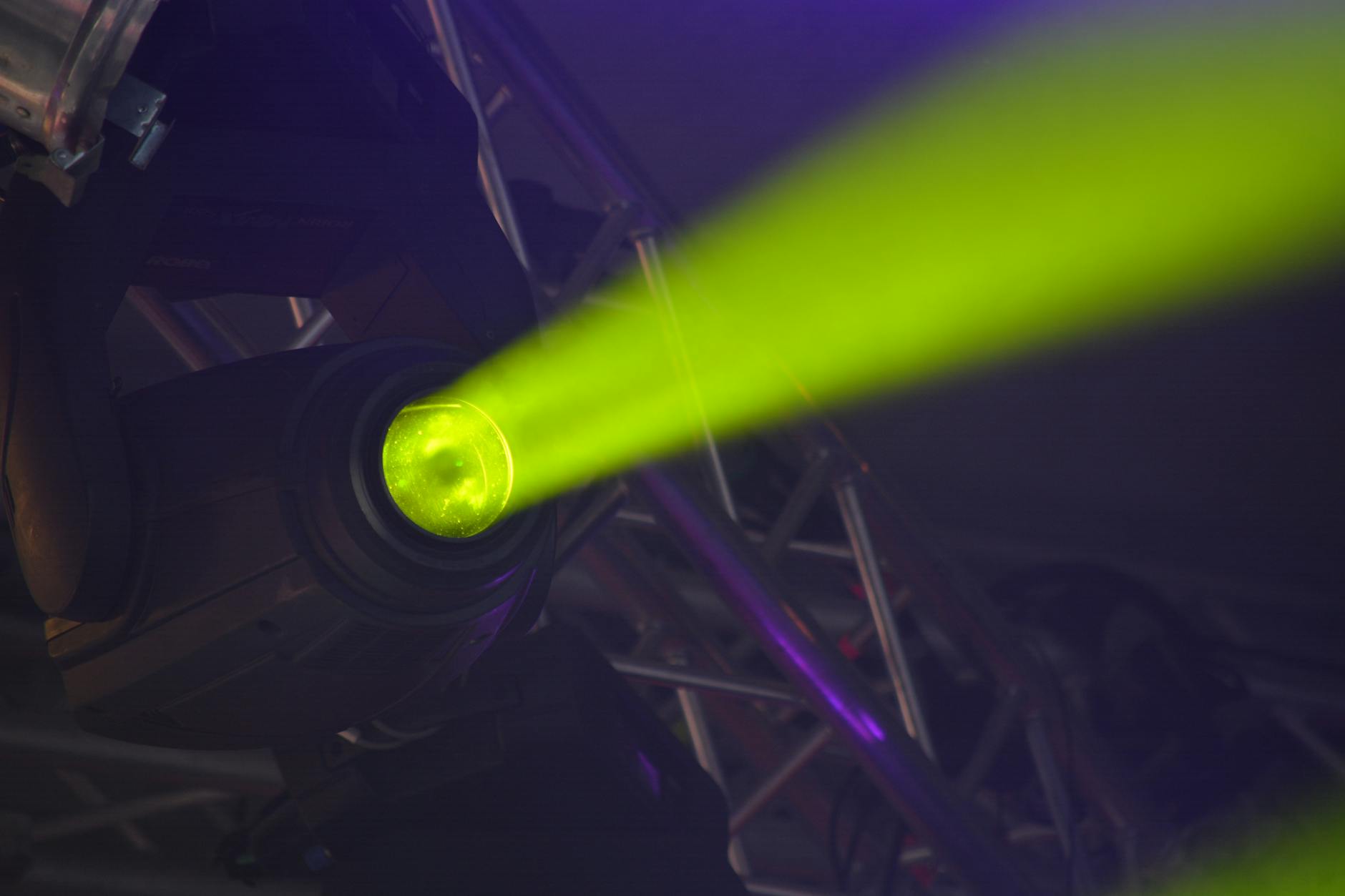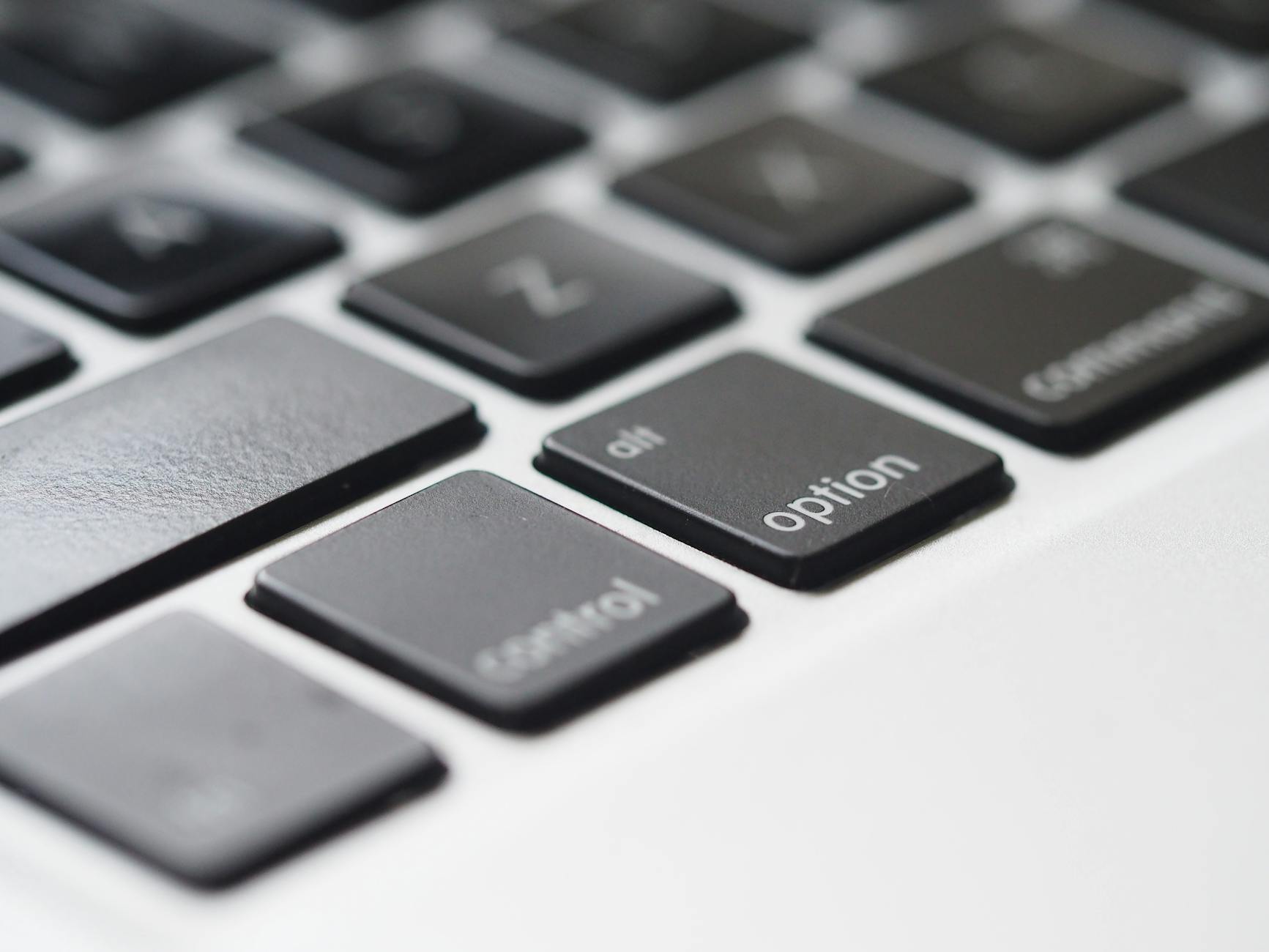Why Universal Remotes Are Key to Classroom Flexibility in Australia

Enhancing Classroom Technology
In today's evolving educational landscape, the ability to integrate musical equipment effectively within the classroom is vital. As someone immersed in the transformative power of sound, I recognise the importance of having the right tools, such as a professional microphone, to enrich the learning experience. This quest for improved technology is similar to attending strategic workshops at the University of Sydney's educational research centers, where one absorbs innovative ideas and practical solutions.
Streamlining Device Management
Managing multiple devices in a classroom can feel overwhelming. Picture a setup similar to your own studio in Melbourne, where efficiency is essential. By investing in tools like universal remotes, educators can consolidate control over various audio and visual devices. This strategy not only simplifies tasks but also ensures that teaching can proceed without unnecessary interruptions, allowing teachers to focus more on lesson delivery rather than technical adjustments.
Improving Student Engagement
Effective use of technology can dramatically boost student engagement. Tools such as monitors for video conferencing can facilitate dynamic interactive learning environments, ushering students into a world of possibilities much like professional workshops at UNSW. The implementation of such equipment encourages active participation and promotes collaborative learning, inviting students to engage more deeply with the material and each other.
Adapting to Diverse Learning Tools
Adapting to an array of learning tools allows for the accommodation of various learning styles. Just as you tailor a sound mix to suit different musicians, educators need versatile equipment to cater to diverse educational needs. This adaptability not only enhances students' learning experiences but also empowers educators to explore innovative methodologies with confidence.
Benefits for Educators
Simplifying Teaching Processes
As an educator, I know how crucial it is to simplify teaching processes to make our classrooms more efficient and engaging. Universal remotes in educational settings offer remarkable advantages. By integrating systems such as the induction loop, educators can seamlessly connect audio devices, ensuring all students, including those with hearing impairments, can participate fully. This technology, akin to resources explored at the University of Sydney's educational research centers, fosters an inclusive learning environment.
Reducing Classroom Setup Time
Every minute counts in class, and reducing setup time is vital for maximising instructional periods. Universal remotes streamline the operation of various devices, from projectors to audio systems, allowing educators to jump into lesson delivery without delays. This efficiency mirrors the outcomes of professional workshops at UNSW, where the focus is on practical strategies to improve teaching efficacy.
Encouraging Innovative Teaching Methods
Embracing technology like universal remotes opens doors to innovative teaching methods. By effortlessly managing multimedia equipment, educators can focus on creative lesson planning and interactive student participation. Solutions such as broadcast solutions can be particularly advantageous in environments like school conferences at the International Convention Centre Sydney, where dynamic presentations enhance the learning experience. With these tools, we, as educators, are empowered to inspire and engage our students effectively, crafting educational experiences that resonate deeply.
Integration Tips
Compatible Devices to Consider
Selecting the right devices is crucial for seamless integration of universal remotes in educational environments. As tools for enhanced classroom management, these remotes should be compatible with a variety of devices. Consider pairing them with interactive whiteboards, multimedia projectors, and smart displays. When evaluating options, remember to check compatibility with existing classroom technologies and ensure they meet your educational needs. For music-focused educators, choosing devices that work well with guitars and basses amplifiers can transform the learning experience, giving students hands-on opportunities to engage with their instruments.
Setting Up Universal Remotes
Implementing universal remotes involves a thoughtful setup process to ensure they effectively streamline classroom activities. Begin by configuring the remote with a list of all compatible devices. This might involve selecting device codes or using automatic search functions, depending on the remote brand. To maintain a balance between teaching and tech management, I suggest conducting workshops similar to those hosted at the University of Sydney's educational research centers, where educators can learn best practices and share insights on setup nuances.
Troubleshooting Common Issues
When issues arise, having troubleshooting strategies in place can minimize disruption. Common challenges include connectivity problems and device misalignment. Start by ensuring the remote's batteries are functional and that the devices are within direct range. If challenges persist, consult the manufacturer's guide for codes and instructions. For additional support, attending professional workshops at UNSW could provide more targeted solutions, empowering educators to troubleshoot effectively and maintain a productive learning environment. Using pro audio equipment can further enhance lessons, offering high-quality sound integration in those classes focused on music and audio technology.
Challenges
Overcoming Technical Hurdles
As educators and school administrators, it's vital to address technical challenges that accompany the integration of universal remotes in the classroom. Many of us have encountered situations where compatibility issues with various devices become apparent. It's essential to work closely with tech support teams or external consultants, like those available from professional workshops at UNSW, to ensure that devices like smartboards and projectors are compatible with universal remotes.
Ensuring User-Friendliness
A significant challenge in implementing new technology is ensuring that it is user-friendly for both educators and students. To ensure this, provide thorough training sessions at well-established venues such as school conferences at the International Convention Centre Sydney. These sessions should cover the basics and explore advanced functionalities. Ensuring that everyone is comfortable with the technology increases the likelihood of its successful adoption in the classroom setting.
Addressing Connectivity Concerns
Ensuring seamless connectivity between universal remotes and classroom devices is another prominent challenge. Utilising systems like mesh radios can enhance connectivity by creating robust and reliable networks that allow uninterrupted communication between devices. Additionally, technologies such as an antenna tracking system can optimise the connectivity of devices spread across a campus. Seamless implementation of these strategies will enable educators to confidently teach without disruptions, fostering a more engaging learning environment.
Best Practices
Standardizing Remote Protocols
Creating a uniform set of protocols for universal remotes can significantly streamline daily classroom activities. By implementing guidelines from the University of Sydney's educational research centres, educators can ensure that every device speaks the same language, reducing downtime and mitigating confusion. Empowering staff through structured professional workshops at UNSW on these protocols can facilitate a seamless transition across devices, enabling teachers to focus solely on student engagement and learning outcomes.
Training for Maximum Effectiveness
A robust training program is key to harnessing the full potential of universal remotes in educational environments. Hosting sessions at school conferences at the International Convention Centre Sydney can provide educators with the opportunity to learn from industry experts. These professionals can disseminate practical knowledge and strategies for troubleshooting and optimising device performance. By prioritising professional development, schools can amplify their technological prowess, ensuring that remote controls are more than just a tool but an extension of the teaching practice.
Encouraging Collaboration Among Educators
Collaboration among educators enhances the learning experience for all parties involved. By leveraging remote controls as a common platform, educators can share insights and innovative teaching practices. Meetings or informal gatherings discussing strategies at school conferences can spark dialogue and foster an environment where everyone benefits from shared experiences. Building a network of informed, like-minded professionals creates an enriching atmosphere where resources and methodologies are continually evolving, ultimately leading to enriching educational experiences for students.


